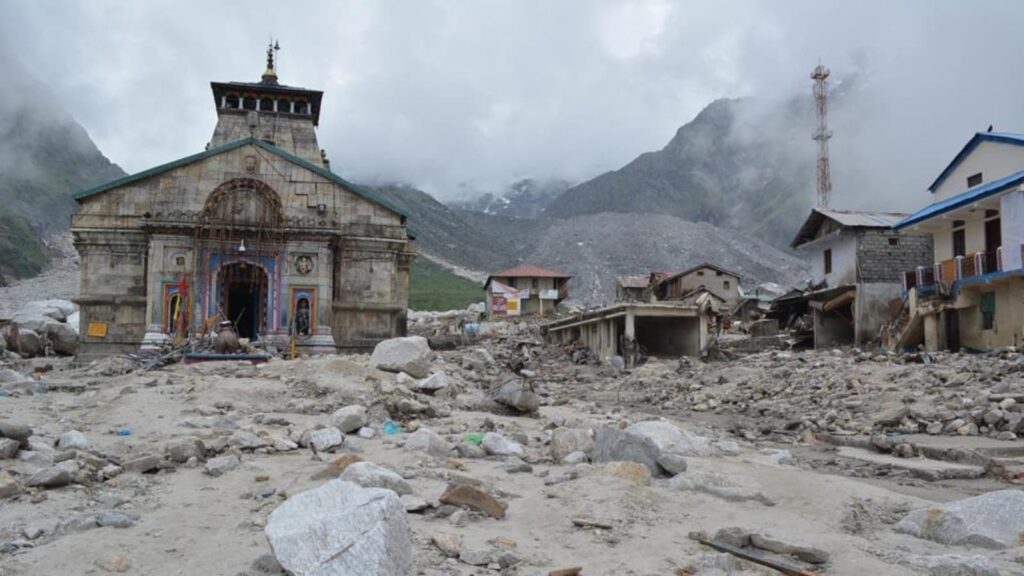The government’s insistence on ill-suited projects in the Himalayas is inexplicable, given the raft of reports — some by its own experts — that have warned of disastrous outcomes of such pursuits. After the 2013 flash floods in Uttarakhand almost completely washed away the Phata Byung project in the upper reaches of the mountains, the Centre wants to revive it and has initiated the process of environment clearance. The Himalayas are a sensitive ecosystem for a number of reasons and interfering with its precarious landscape has seen the region suffer a series of disasters, from floods to landslides to tunnel collapses. The mountains are relatively young, and therefore geo-dynamically exceedingly active at the surface and the subsurface levels. Deforestation and badly planned construction have exacerbated the problem by leaving the loose surface exposed to the elements, hastening the erosion of the rocks. Against this backdrop, the climate crisis has proven to be the last straw, with extreme weather events becoming more frequent as the air in the mountains heats up faster than that in the low-lying areas and retains a lot more moisture.
The Phata Byung project is a symbol of what could go wrong during extreme events. An environment ministry expert committee reported that the project compounded the damage from the 2013 flash floods by constricting the flow of the Mandakini, one of the major streams that make the Ganga. There are serious question marks anyway about building dams in this belt owing to potential silting, earthquakes, and landslides. The concerns of energy and employment in the Himalayas need to be addressed with a different development lens than what serves other, less sensitive geographies.

